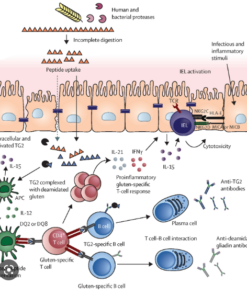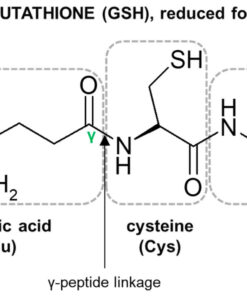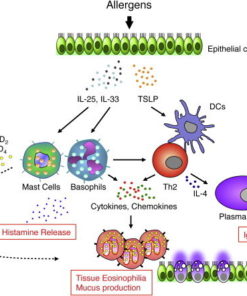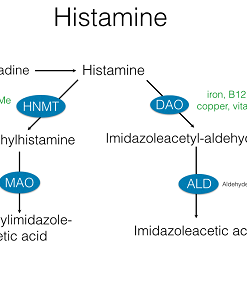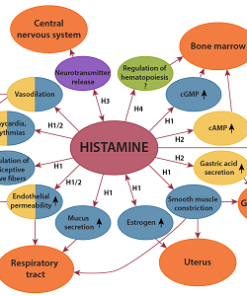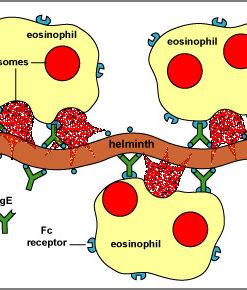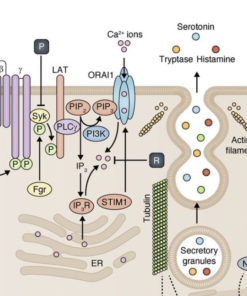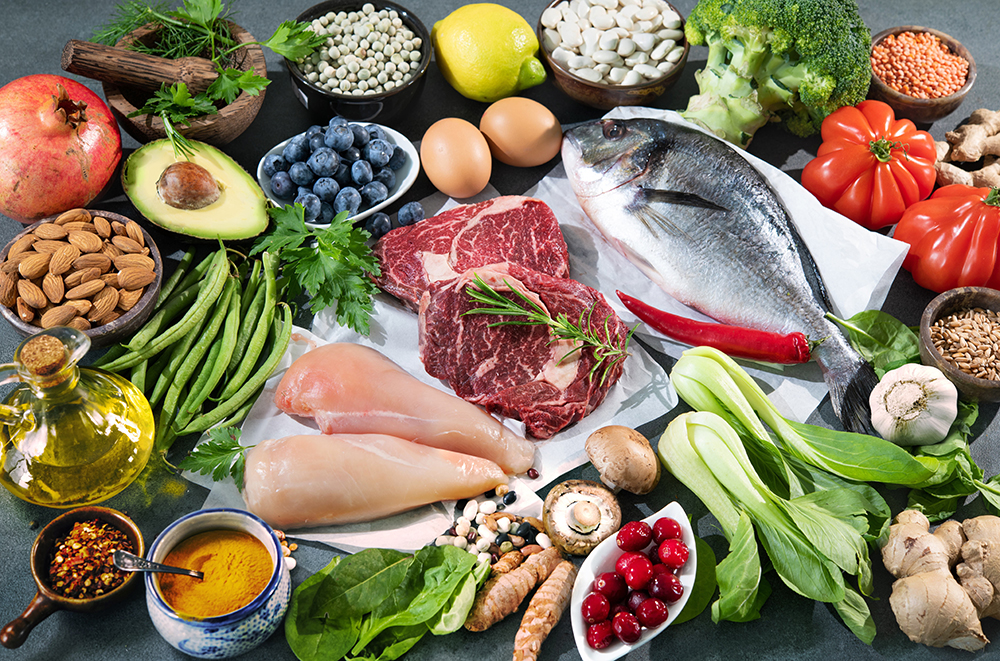
Managing Histamine Intolerance: A Comprehensive Guide on Low Histamine and DAO Enhancing Foods
Are you dealing with mood disorders, inflammation, digestive problems, or other persistent health challenges? You might not be aware that these issues could be linked to elevated histamine levels in your body. Histamine, a critical component in our immune response, can cause a wide range of health problems when present in excess. Fortunately, you can manage these conditions effectively by adopting a dual approach that involves dietary modifications and a deeper understanding of your body's methylation status. This strategy entails following a low histamine diet and incorporating foods that boost the activity of the DAO (diamine oxidase) enzyme, which is primarily responsible for histamine breakdown. If you are dealing with depression or other mood disorders in addition to having other high histamine symptoms, it's worth considering a biochemical evaluation per the Walsh Protocol, to gain further insights into your condition.
For those identified as undermethylators according to the Walsh Protocol, chronic histamine elevation is almost always associated with undermethylation. When histamine is found elevated in whole blood, it is an indication that there is a likely deficiency in the enzyme, N-methyltransferase (HNMT) which relies on sufficient methylation levels to keep histamine levels in check. HNMT is particularly active within cells, meaning it breaks down histamine that has entered cells. It's primarily found in the liver and kidneys but also in bronchial and intestinal cells, among others.
DAO, Diamine Oxidase is the other primary enzyme that maintains histamine levels, though it is more associated with extracellular histamine in the gut. Both HNMT and DAO need to be functioning well for optimal histamine metabolism. If either one is impaired, it could lead to an excess of histamine, potentially causing symptoms associated with histamine intolerance. Histamine intolerance occurs when the body has trouble breaking down histamine, a compound involved in immune responses. A low histamine diet and foods that enhance Diamine Oxidase (DAO), the primary enzyme responsible for breaking down ingested histamine, can help manage this condition. This guide explores foods to include and avoid, as well as the role of DAO in managing histamine intolerance.
Low Histamine Foods: What to Include in Your Diet
Understanding what foods are low in histamine can significantly help manage histamine intolerance symptoms. This comprehensive list of low histamine foods provides a guide for those looking to reduce their dietary histamine intake. From fresh fruits to an array of vegetables, there are numerous food options that can help maintain low histamine levels in the body.
Vegetables - Allowed
Most fresh vegetables are low in histamine, including:
- Lettuce
- Broccoli
- Cucumber
- Zucchini
- Bell peppers
- Garlic
- Onion
Fruits - Allowed
Certain fresh fruits are low in histamine, such as:
- Apple
- Cantaloupe
- Figs
- Grapes
- Honeydew
- Mango
- Pear
- Rhubarb
Meat, Poultry, and Fish - Allowed
Freshly cooked meat, fish, and poultry aids DAO activity and is low in histamine:
- Chicken
- Turkey
- Beef
- Pork
- Fresh fish (not canned or smoked)
Fats and Oils - Allowed
These fats and oils enhance DAO activity and are low in histamine:
- Pure butter
- Olive oil
- Coconut oil
- Meat drippings and fat
Nuts and seeds - Allowed
Nuts and seeds can be reintroduced individually to examine tolerance:
- Almonds
- Hazelnuts
- Macadamia nuts
- Chestnuts
Breads and Cereals - Allowed
Certain gluten-free breads, oats, pasta, or other gluten-free grains can be incorporated:
- Gluten-free bread
- Gluten-free oats
- Gluten-free pasta
Milk and Dairy - Allowed
Certain dairy alternatives can be included in the diet:
- Coconut milk
- Oat milk
- Rice milk
Low Histamine Diet Food Diary
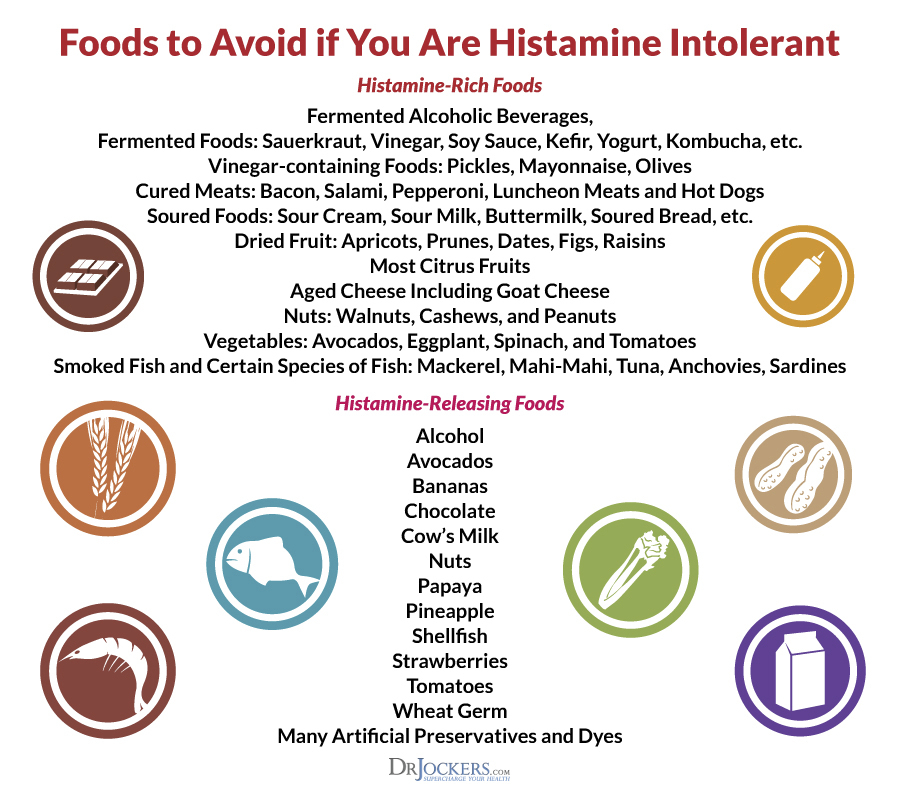
High Histamine Foods: Foods to Avoid
High histamine foods can trigger symptoms in individuals with histamine intolerance. This section outlines the types of food to avoid in order to reduce your dietary histamine intake. By steering clear of these high histamine foods, you can better control your symptoms and improve your quality of life.
Vegetables - Restricted
Certain vegetables are high in histamine, such as:
- Eggplant
- Pumpkin
- Sauerkraut
- Spinach
- Tomato
- Avocado
- Olives
Fruits - Restricted
Certain fruits have high histamine levels, including:
- Citrus fruits
- Banana
- Cherry
- Cranberry
- Currant
- Date
- Loganberry
- Nectarine
- Orange
- Papaya
- Peach
- Pineapple
Meat, Poultry, and Fish - Restricted
These meats and fish are high in histamine:
- All canned meat/fish
- All shellfish
- Leftover/refrigerated meats
- Processed, cured, or smoked meats
Nuts and seeds - Restricted
Certain nuts and seeds are high in histamine:
-
- Walnuts
- Cashews
Fats and Oils - Restricted
These fats and oils are high in histamine:
- All fats and oils with colors or preservatives
- Prepared gravy
- Commercial salad dressings
Legumes - Restricted
Certain legumes are high in histamine, including:
- Soy
- All canned beans/lentils/legumes
- Peanuts
Sweeteners - Restricted
Some sweeteners can exacerbate histamine intolerance:
- Flavored syrups
- Prepared dessert fillings
- Prepared icings/frostings
- All processed sugars
- All artificial sweeteners
Other Foods - Restricted
Other foods to avoid include:
- All chocolate, cocoa, and carob
- All products made with artificial flavors or preservatives
- Artificial colorings
- Hydrolyzed lecithin
- BHA, BHT
- Flavored gelatin
- Mincemeat
- Prepared relishes and olives
- Soy sauce
- Miso
- Commercial ketchup
- Canned foods and ready meals
- Pickled and fermented foods
- Vinegar
- Yeast and yeast extracts
- Benzoates, sulphites, nitrites, glutamate, food dyes
Beverages - Restricted
Certain beverages can also be high in histamine:
- Soda and carbonated drinks
- All tea (including green, black and mate)
- All drinks with “flavor” or “spices”
- Beer, cider and wine (unless specified low histamine wine)
- All other alcoholic beverages
Grains, Flour and Breads
While grains and foods and beverages derived from grains are not particularly high in histamine, many do cause problems due to gluten allergies. And, unless organic, most contain herbicides - particularly glyphosates/RoundUp. Refined flour-based products typically contain ingredients that are problematic such as yeasts, barley malts, spices, etc., which contain glutamates. Grain foods that do have higher histamine levels include those that have undergone fermentation or are not fresh. These include:
- Wheat-based products: Many wheat-based products, such as breads, pastries, and pastas, especially those that have been stored for a period of time, can contain higher levels of histamine.
- Aged or fermented grains: Certain fermented grain products, like sourdough bread or certain types of beer, can have higher histamine content.
- Leftover grains: Histamine content can increase in grain-based foods over time, particularly if they're not stored properly. This means that leftovers can potentially contribute to higher histamine intake.
- Processed grain products: Highly processed grain-based foods, such as some cereals, snacks, and pre-packaged meals, may also contain higher levels of histamine, especially if they contain added flavors, preservatives, or other ingredients that can contribute to histamine production.
Corn and Dairy
Corn and dairy can both be problematic due to allergies, which are common, in addition histamine influencers which are often present in the form of additives and processing.
Corn: Corn is not typically high in histamine itself. However, processed corn products, such as corn cereals, corn chips, and other snacks, might have higher histamine levels due to additives, preservatives, or the processing methods used. It's also worth noting that some people might have an allergy or intolerance to corn, which can cause symptoms similar to histamine intolerance.
Dairy: Many dairy products are high in histamine, particularly fermented ones like cheese and yogurt. Aged cheeses, in particular, are known to have high histamine content. Milk itself doesn't usually contain a high amount of histamine, but some people have an intolerance to lactose, a sugar found in milk, which can cause similar symptoms to histamine intolerance. It's also possible for histamine to develop in milk that isn't fresh.
DAO and Its Role in Histamine Intolerance
For individuals interested in DAO enhancing foods, this article provides valuable information on low histamine diet, which indirectly contributes to DAO enhancement. However, to better serve these individuals, we can add a section that specifically discusses DAO and foods that help increase its activity.
DAO, short for Diamine Oxidase, is an enzyme produced in the gut that plays a key role in breaking down histamine in the body. In individuals with histamine intolerance, DAO activity can be insufficient, leading to an excess of histamine.
Increasing DAO activity can help manage histamine levels and reduce the symptoms of histamine intolerance. This can be achieved through dietary changes, as well as potentially through supplementation under the guidance of a healthcare professional.
Enhancing DAO Activity Through Diet
DAO, or Diamine Oxidase, is a crucial enzyme that helps break down histamine in the body. Consuming DAO enhancing foods can naturally boost the activity of this enzyme, aiding in the management of histamine intolerance. This section provides a list of foods known to enhance DAO activity, helping you incorporate them into your diet for better histamine control:
-
- Olive oil, avocado oil, flaxseed oil and coconut oil: These healthy fats are known to enhance DAO activity. They can be used for cooking and salad dressings.
- Fresh, lean meats: Freshly cooked meat is a good source of protein and also aids DAO activity. Avoid processed meats as they are high in histamine.
- Organ meats, specifically kidney, have been identified as having high concentrations of the DAO (diamine oxidase) enzyme. Kidneys from various animals, such as pork, beef, and lamb, are rich in DAO.
- Watercress, bell peppers, zuccini, carrots, kale and other leafy greens: Apart from being low in histamine, these vegetables are also known to support DAO activity.
- Mango, kiwi, apples, pears, watermelon and honeydew melon: These fruits are known to enhance DAO activity and can be included in your diet.
Remember, while these foods can help enhance DAO activity, it's equally important to avoid high-histamine foods, as they can negate these effects. Therefore, following a low histamine diet can go a long way in managing histamine intolerance.
Conclusion
Addressing histamine-related symptoms often necessitates a comprehensive approach, and dietary changes can play a pivotal role. A low histamine diet, in combination with foods that increase DAO enzyme activity, can significantly assist in managing symptoms related to high histamine levels. Equally important is understanding your body's methylation status through tests such as the Walsh Protocol, which includes a whole blood histamine test. This insight can offer a tailored roadmap to managing your mood disorder and improving your overall health. If you're experiencing symptoms that aren't improving with conventional approaches, considering a whole blood histamine test and modifying your diet could potentially be the breakthrough you need. Always remember to consult with a healthcare professional before making significant changes to your diet or health regimen. Your commitment to understanding and managing your health needs can lead you towards improved wellbeing and a greater quality of life.
Labs for Testing Histamine Intolerance
Inflammation
Inflammation
Other Single Item Tests
Walsh Approach Single Tests
Other Single Item Tests
Other Single Item Tests

